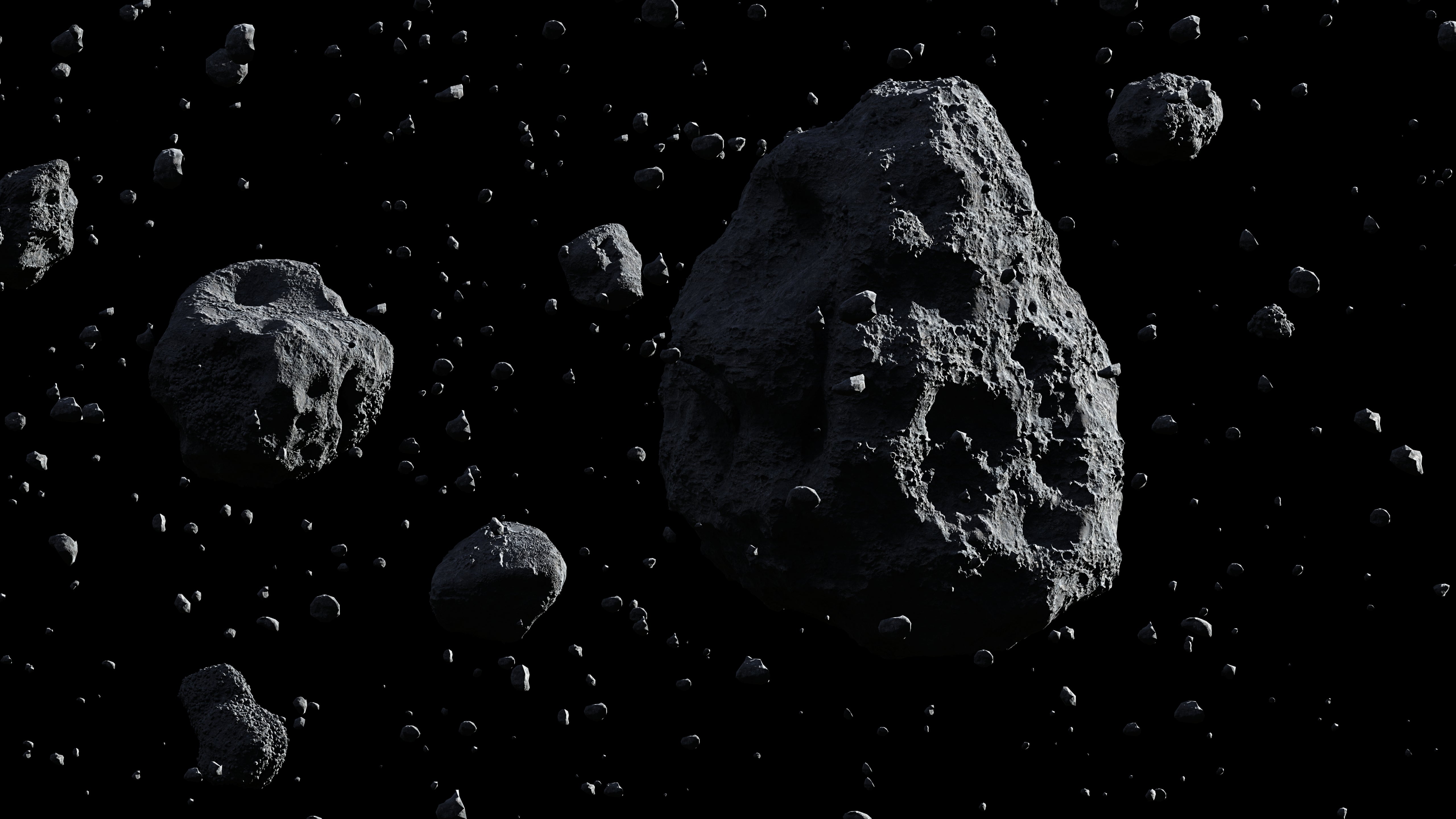A 300-year-old pair of twin asteroids are Earth’s newest neighbors
Earth’s new neighbors are the youngest twin asteroids yet discovered.

One of Earth’s neighbors just had twins – twin asteroids. Although it’s more accurate to say our neighbor became twin asteroids.
First discovered in 2018, researchers studying the close flying formation of near Earth asteroids PR2 and QR6 recently concluded the pair are likely the youthful offspring of a parent asteroid that split in two as recently as 300 years ago, making them the youngest pair of asteroids known. The findings are published in the Monthly Notices of the Royal Astronomical Society.
“It’s very exciting to find such a young asteroid pair that was formed only about 300 years ago, which was like this morning – not even yesterday – in astronomical timescales,” Astronomical Institute of the Czech Academy of Sciences astronomer and first author of the study Petr Fatka said in a media statement.
Astronomers have identified more than 200 recent asteroid pairs, space rocks that resulted from the break up of parent asteroids within the past few million years, but the study authors noted most of these pairs orbit the Sun in the main asteroid belt between Mars and Jupiter.
Although the highly eccentric orbit of asteroids PR2 and QR6 does take them out to nearly the orbit of Saturn, they are considered near Earth objects due to their passing as close as about 173 million kilometers of the Sun at their closest approach — celestial objects passing within 1.3 astronomical units, or about 195 million kilometers of the Sun are considered near Earth objects. The asteroid pair never passes closer than around 40 million kilometers of Earth.
Just 1 million kilometers separate the two asteroids, a close formation that led the researchers to take a closer look following the asteroid pair’s discovery in August 2019.
The international team of researchers combined new observations of asteroids PR2 and QR6 with historical data from the Catalina Sky Survey in 2005, which missed the asteroids at the time. They then applied various models to rewind the two asteroids’ orbital paths, concluding they likely originated in a single body sometime in the past few centuries.
Asteroids PR2 and QR6 are D-type asteroids, dark agglomerations of varied material that are known to sometimes spin themselves to the point where they break up due to the Yarkovsky–O’Keefe–Radzievskii–Paddack, or YORP effect, where the uneven scattering of solar radiation powers the asteroid’s rotation. Nasa identified the YORP effect as the cause of changes in the spin rate of asteroid Bennu, the target of the US space agency’s OSIRIS-REx mission.
But the researchers found the YORP effect was not sufficient to explain the asteroid pair’s orbit. They suggest instead that the asteroid pair’s parent body might have been comet-like, containing water or gaseous ices that sublimated to gas as the parent body passed closer to the sun, the off-gassing accelerating the body’s spin until it broke in two uneven chunks — PR2 is about a kilometer in diameter, and QR6 is about 500 meters in diameter.
But understanding how a comet or comet-like body split apart to form the two asteroids that show no cometary activity today will require further research, such as targeted observations from the new James Webb Space Telescope. But even the powerful new space telescope will have to wait until the conditions for observations are right — after their close pass by the sun in 2019, PR2 and QR6 won’t be in range again until 2033.
Subscribe to Independent Premium to bookmark this article
Want to bookmark your favourite articles and stories to read or reference later? Start your Independent Premium subscription today.

Join our commenting forum
Join thought-provoking conversations, follow other Independent readers and see their replies